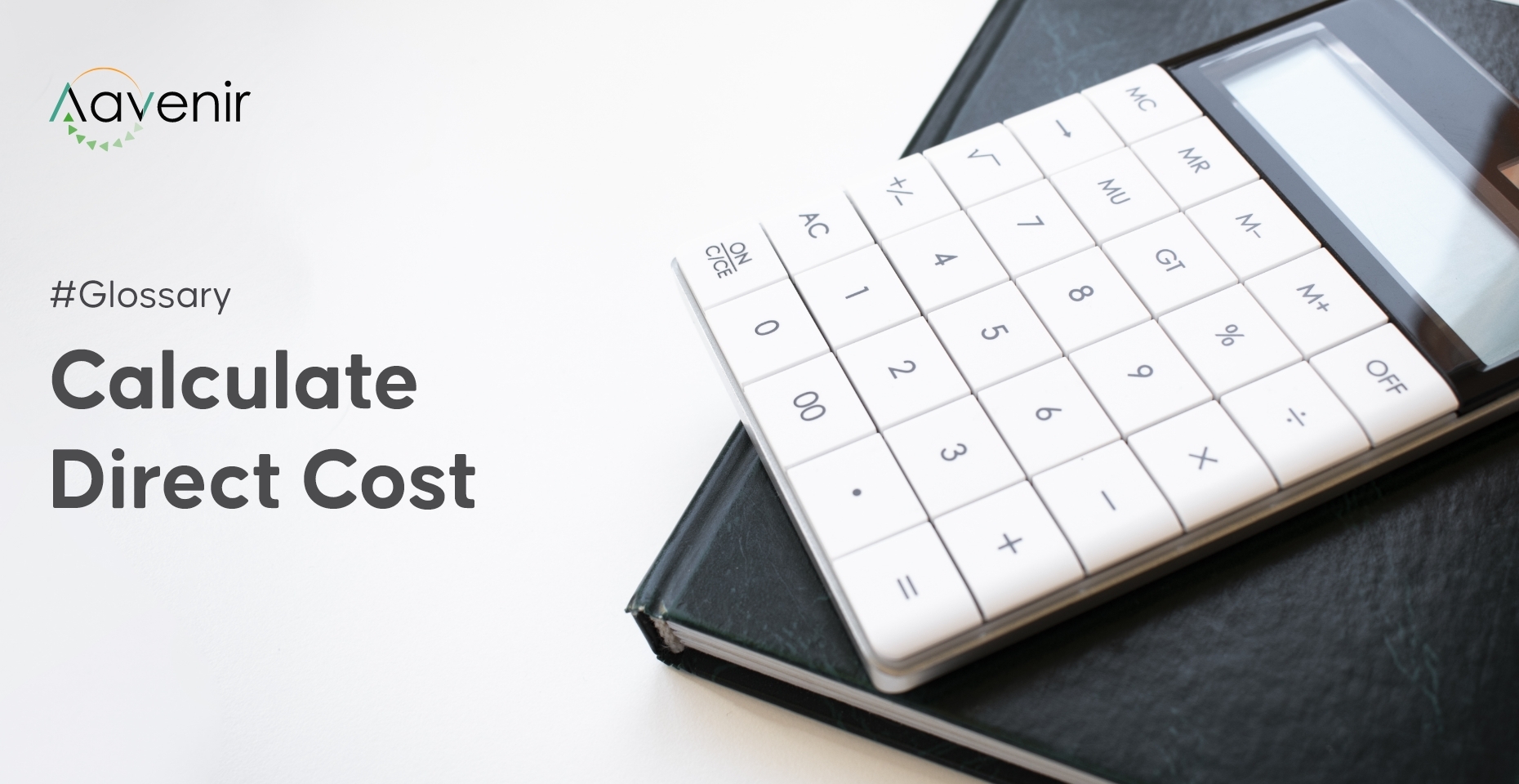What Is How to Calculate Direct Cost ?- Definition
The basic formula for calculating direct costs is the sum of the direct materials costs and direct labor costs. Manufacturing overhead, such as factory equipment purchases, facility upkeep costs, and employee training expenses, are considered indirect costs. While a small manufacturing business must deal with these overhead expenses, they are not part of the direct costs that go into making the actual products. It is also seldom clear what fraction of these expenses is required to make a single product, so the direct costs from manufacturing overhead cannot be easily assigned.

Understanding Calculating Direct Cost
The Direct Cost of an item is the portion of that item’s cost that can be wholly assigned to the production of that item. Direct cost typically refers to materials, labor and expenses associated with the production of an item. Small businesses that understand the importance of calculating the direct costs of their items or services can seek out options to lower costs and increase profits.
Direct Costs Examples
Any cost that’s involved in producing a good, even if it’s only a portion of the cost that’s allocated to the production facility, are included as direct costs. Some examples of direct costs are listed below:
- Direct labor
- Direct materials
- Manufacturing supplies
- Wages for the production staff
- Fuel or power consumption
Steps to Calculate Direct Cost
Direct costs make the largest portion of the budget. Therefore, it is important to learn and calculate them so that they can be minimized and profit can be increased.
As direct costs are directly associated with a single process and cannot be used for any other process, the direct costs involved in a project can be calculated by simply adding all direct costs in the process.
Next, you will learn step by step the process to calculate the direct costs.
1. List all the direct costs involved in the process
There are various direct costs involved in the production process. It is advisable to make a list of all possible direct costs before you prepare a budget. A budget is needed to be allotted for the production process. The budget can be prepared by calculating all types of direct costs such as cost of raw material, labor cost, machinery cost, consumable supplies’ cost, packaging cost, and sales commission.
2. Mention the direct cost of each expense
In the next step, assign the value of direct cost for each expense. The value can’t be picked randomly. It should be calculated as per the requirement of the production output.
The raw material is the most important part of the production process. The production process can’t even begin without having the raw material.
3. Add up all the direct costs associated with the production process
The total direct cost of the production process will be calculated by adding up all the direct costs of the production process.
Explore Additional Resources to Know More

On-demand Webinar
Automate Sourcing Using RFx on ServiceNow
Attend this webinar to learn how to automate your entire sourcing and RFP operations using ServiceNow.

Blog
Why IT leaders choose Unified Platform as a Strategy
With a profusion of multiple applications, organizations struggle to manage inconsistent data, costly maintenance and complicated infrastructure, mandatory regulatory changes. Read this blog to understand the advantages of unified platform.


